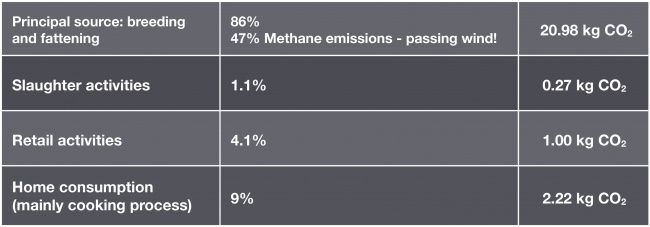October 15, 2021
Formshrink®: 80% packaging weight reduction + significantly increased shelf-life compared with a conventional packaging format.
Discover how Formshrink® can increase your production output whilst reducing operation costs.
March 16, 2021
Food waste is the biggest producer of carbon dioxide – the carbon footprint. If we can help to reduce food waste, we contribute to reducing the carbon footprint.
Food production has been identified as one of the most important pressures on the environment and considering all stages account for 19 - 29% of global anthropogenic greenhouse gas emissions (GHG).
The video below demonstrates how Krehalon's patented packaging contributes to reducing the carbon footprint of fresh meat at the same time as significantly extending its shelf life.
In an SCI study looking at the sustainability of food systems, titled ‘Carbon footprint of organic beef meat from farm to fork: a case study of short supply chain’, the authors looked at the carbon footprint of rearing organic beef on an Italian farm ‘from cradle to grave’ to assess the greenhouse gas emission associated with local organic beef.
1kg beef joint has carbon footprint 24.4 kg CO2 emissions. This considers the birth of cow, its life, slaughter, production and distribution to the customer. This is for an unpacked joint that might be sold at a butcher. In this case the 1kg beef has a shelf life of 5 days, dependent on storage conditions.

Having read this case study, we at Krehalon calculated the carbon footprint involved in the production life of our ML40 shrink bag taking into consideration packaging production, distribution through to consumer and disposal.
If the same 1kg beef joint is wrapped in Krehalon ML40 packaging with EVOH-barrier, the shelf life is extended up to 70 days, dependent on storage conditions, while only contributing 0.057kg CO2 emissions with all other conditions being equal to the unpacked beef joint.
Krehalon shrink barrier packaging helps prevent food waste AND has a much smaller carbon footprint than the food it preserves. Its ML40 packaging – commonly used for beef joints is, on average, 23% thinner compared to corresponding competitor offering.